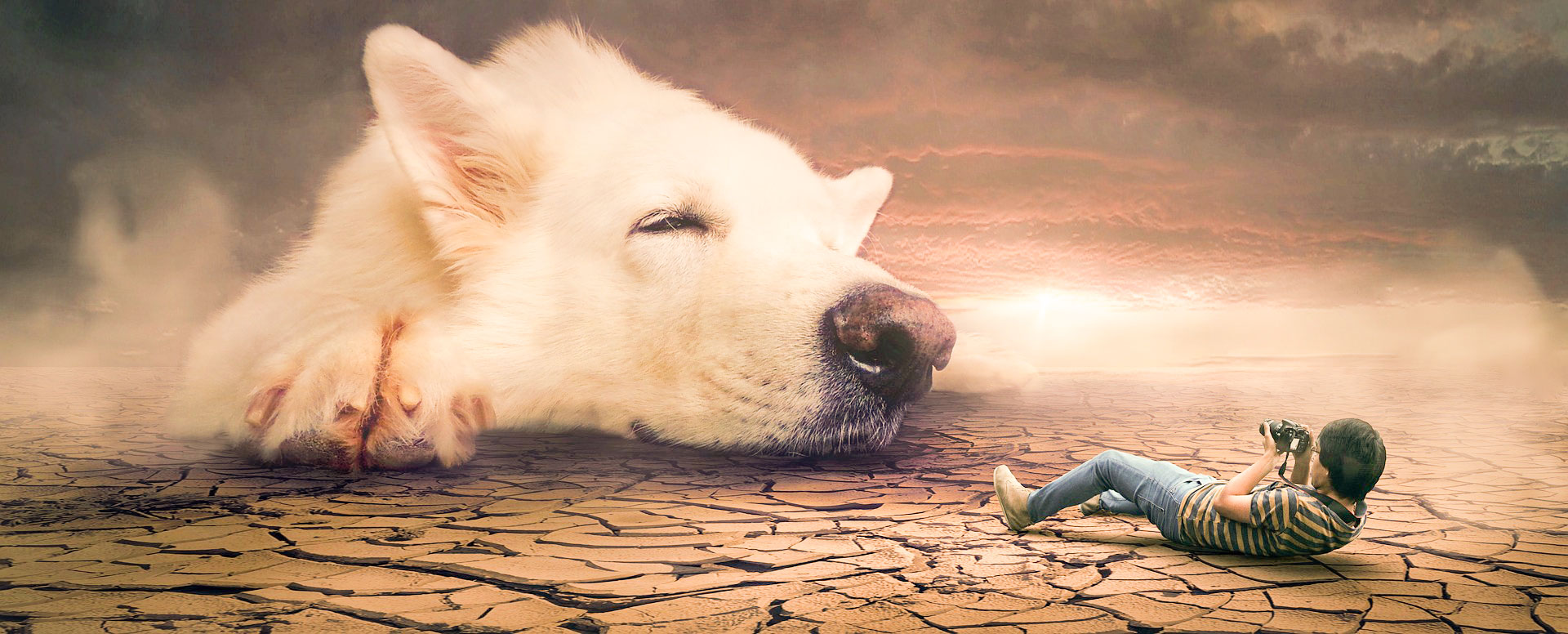The image makes a webpage more lucrative to the audience. It also minimizes the loading performance of the website by saving largest bytes and has enormous values in changing rank on the search page. Now a day’s people don’t have time to wait for the website to load and reload because it’s very annoying. Hence, the optimizing process carries great values in building successful online existence. The background work on image optimization is very interesting and won’t take a longer time to complete. A study shows 66% of total webpage’s weight depends on images. Let’s break down some Quick Photo editing tips for your website image optimization through which you can reduce the file size without compromising the unique look and keep them pretty enough for display and be ahead in the game of competition.
Rename your images file:
It’s basically a change to use your targeted keyword. If you don’t rename the image it will not help with your SEO. To make image descriptive, rename the file without staffing KW and try not to make it long because it may carry a negative impact on your ranking. If you need to separate the words, use dashes (-) rather space in between words and try avoiding using stop words like a, to etc. You also can take help from your web analytics to understand the habit of using KW pattern of viewers.
Using Alt text intellectually:
This feature carries SEO value to your web presence. You need to make the browser understand what the image is about. Make it meaningful as it helps the search engine when a website cannot render the images. Be very careful about using KW overload and getting penalized by SE for over-optimization. Use model or serial numbers for the sales product related image.
Choose stunning angles and image dimension:
When you are trying to sell a product, show the image in multiple dimensions and this is the latest trend. It will attract searchers. You also may give the option of larger view to the visitors.
Resize the image:
Since page load time is a relatively big ranking factor, try to keep it in minimal size in accordance with importance. Longer loading times will also dishearten the viewers and they will leave without clicking. When you are using Photoshop you will find an option called “Image” and by selecting that option you can resize the image and its resolution with keeping an eye on picture quality. Experts say a good e-commerce image size should not more than 70kb.
Correct file types:
JPEG, GIF, and PNG are widely used now a day’s. In popularity race, PNG images are staying ahead. But you need to be careful that using PNG will increase the file size substantially. On the other hand, people tend to use JPEG images in e-commerce website as it gives best image quality with low space. GIF is known as low quality.
Use image where it’s necessary:
Image guides a searcher and crawlers to understand more about the context. So avoid putting images in irrelevant places. In short, don’t use the image of cooking recipe where you are selling power generators.
Finally, these are some of the easiest and effective options through which you can optimize images for your webpage. Applying all you will get positive traffic response and your image will be found for search crawlers to make it visible to the visitors.

